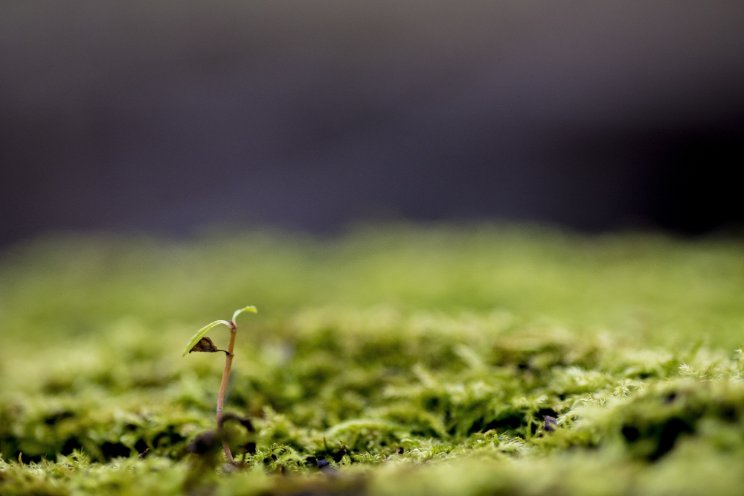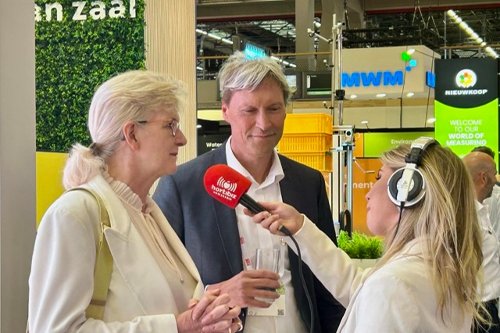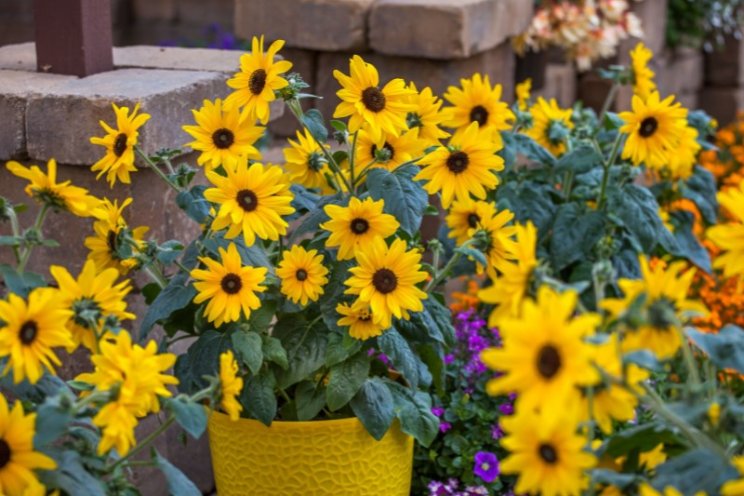Saving energy thanks to a more critical approach
Added on 25 January 2024

Be more selective with lighting
One quick and easy way to save energy is to be more selective in your artificial lighting strategy by paying closer attention to the amount of natural light. The growth of each crop is based on an optimal light sum per day. Once that has been reached, you can turn off the artificial lighting to save energy.
It also pays to take the weather forecast into account. If bright sunshine is predicted in an hour’s time, you can already turn off the lighting. If you need to keep the CHP unit running for the heat, you face another decision: should you sell the electricity back to the grid, or to keep the lighting on anyway, albeit with little benefit?
Check that everything is working
It is important to check carefully that all your equipment is actually doing what you have programmed it to do. If you’ve set the minimum pipe temperature at 35°C, is it maintaining that temperature constantly, or does it keep fluctuating between 30°C and 40°C due to a dysfunctional sensor? What about the motor that keeps opening and closing the vents? Are all the vent mechanisms in good working order? You can save a substantial amount of money by performing regular maintenance, keeping a close eye on statistical data and simply taking a good look around the greenhouse.
The minimum pipe temperature deserves special attention. In practice, growers often tend to work with just a handful of settings: 35, 40, 45 and 50°C. However, there’s no logical reason to always choose a nice ‘round’ number. Setting it at 42° or 43°C instead of 45°C, for example, will probably achieve the same effect while reducing your energy consumption at the same time. Every little bit helps!
More news















